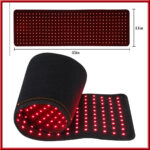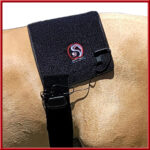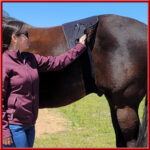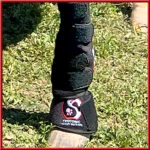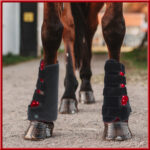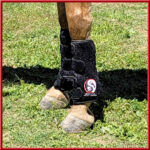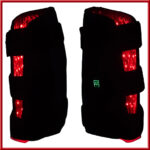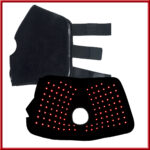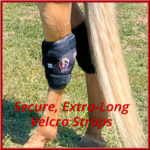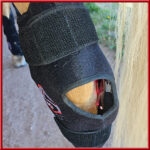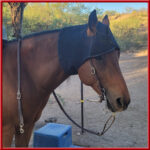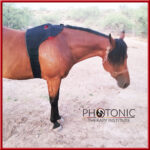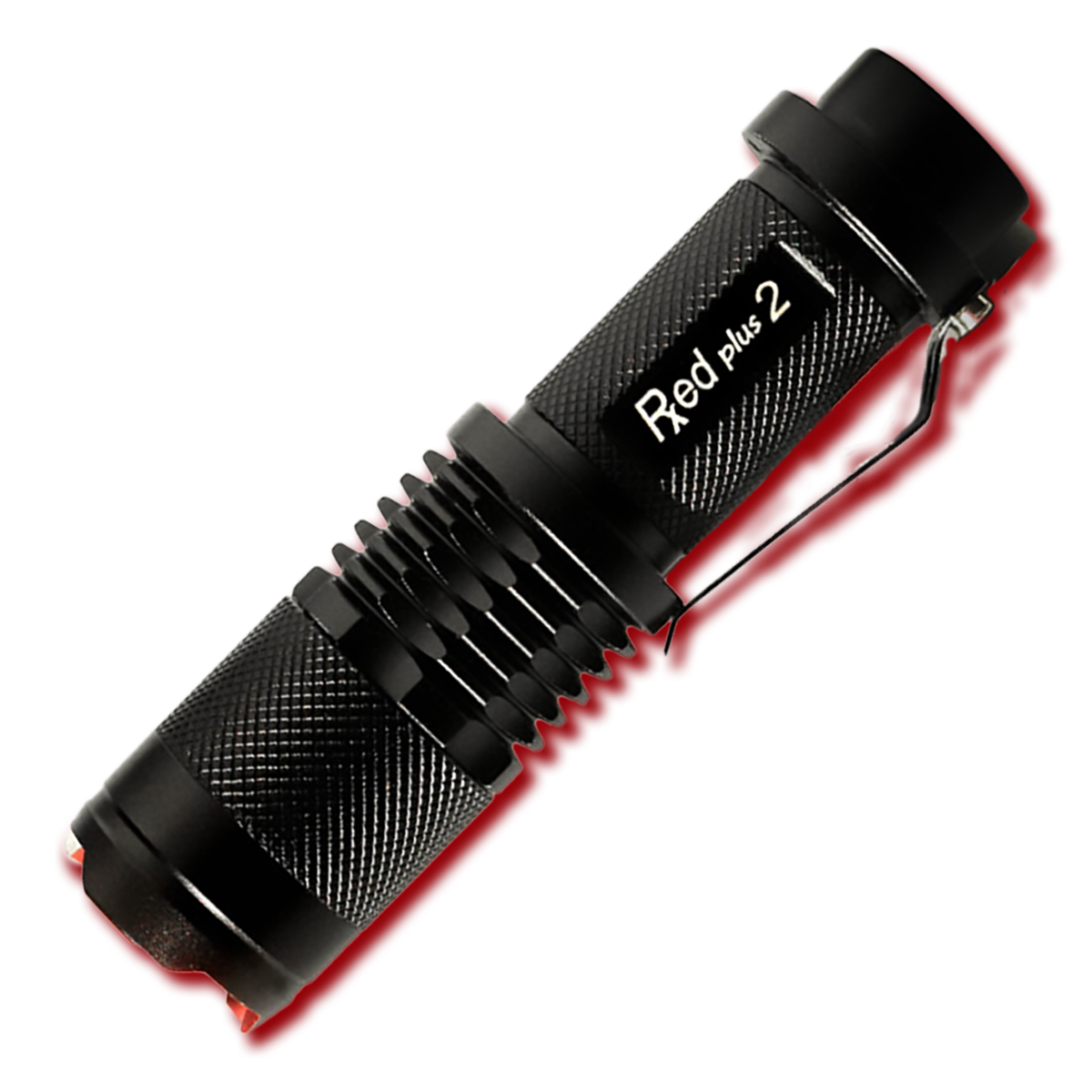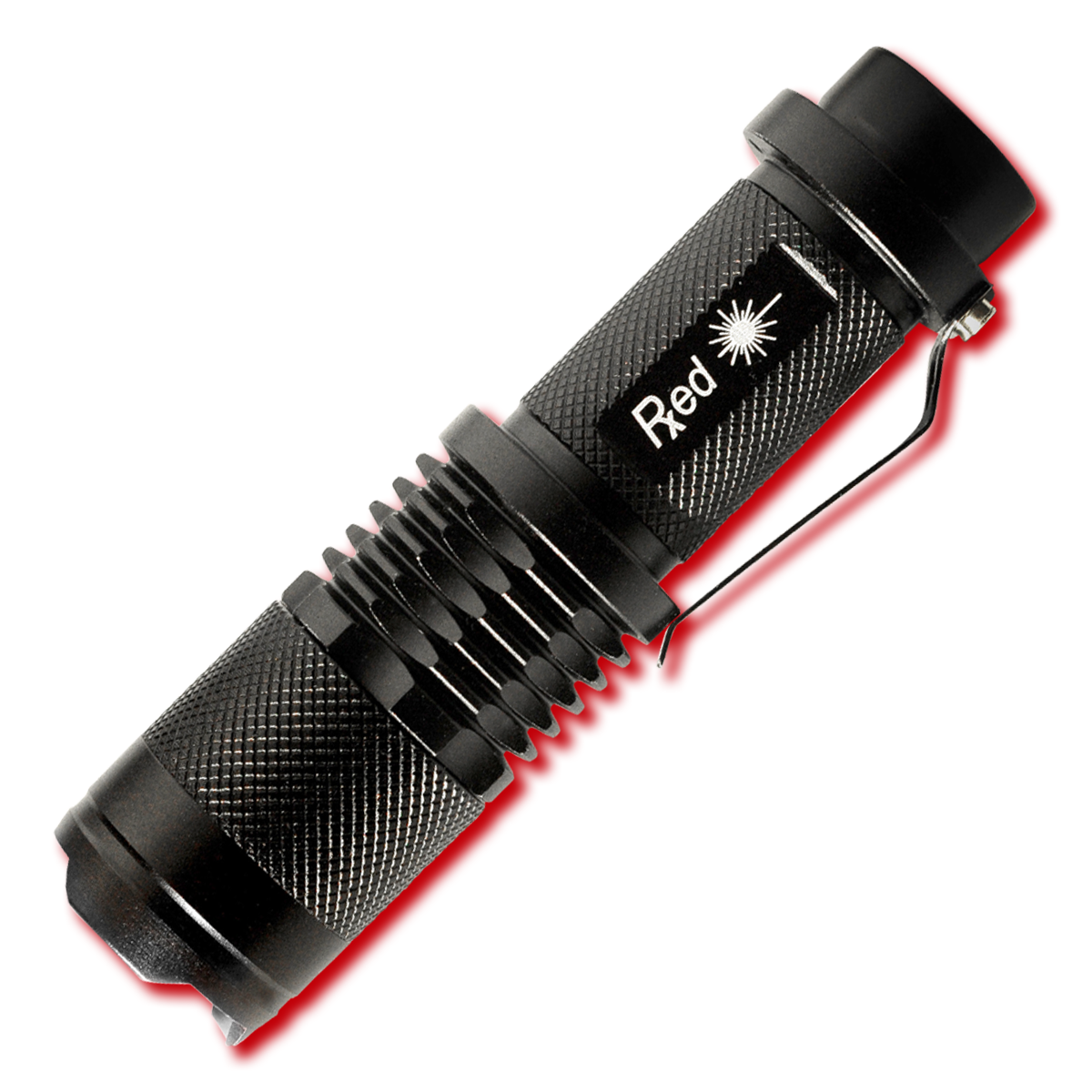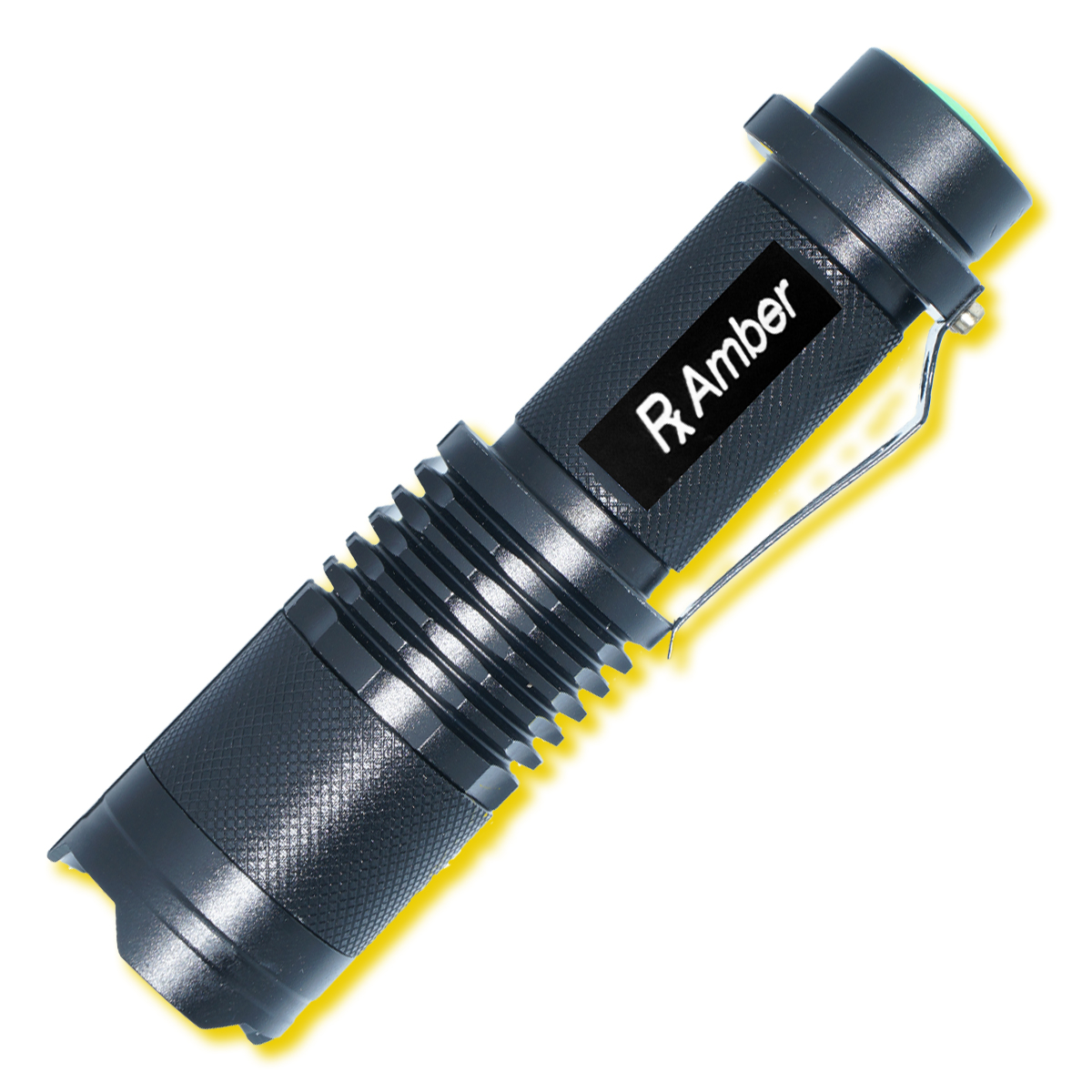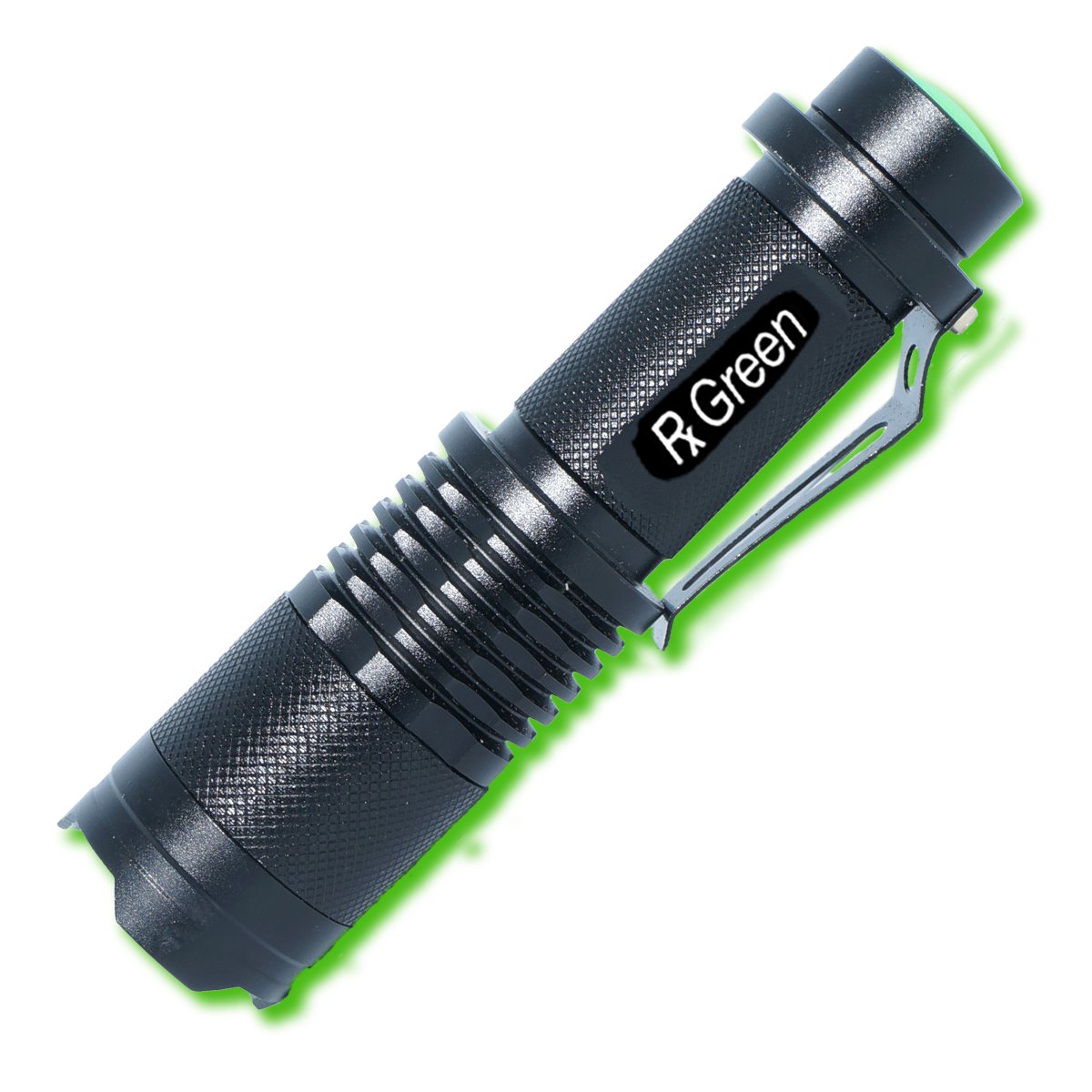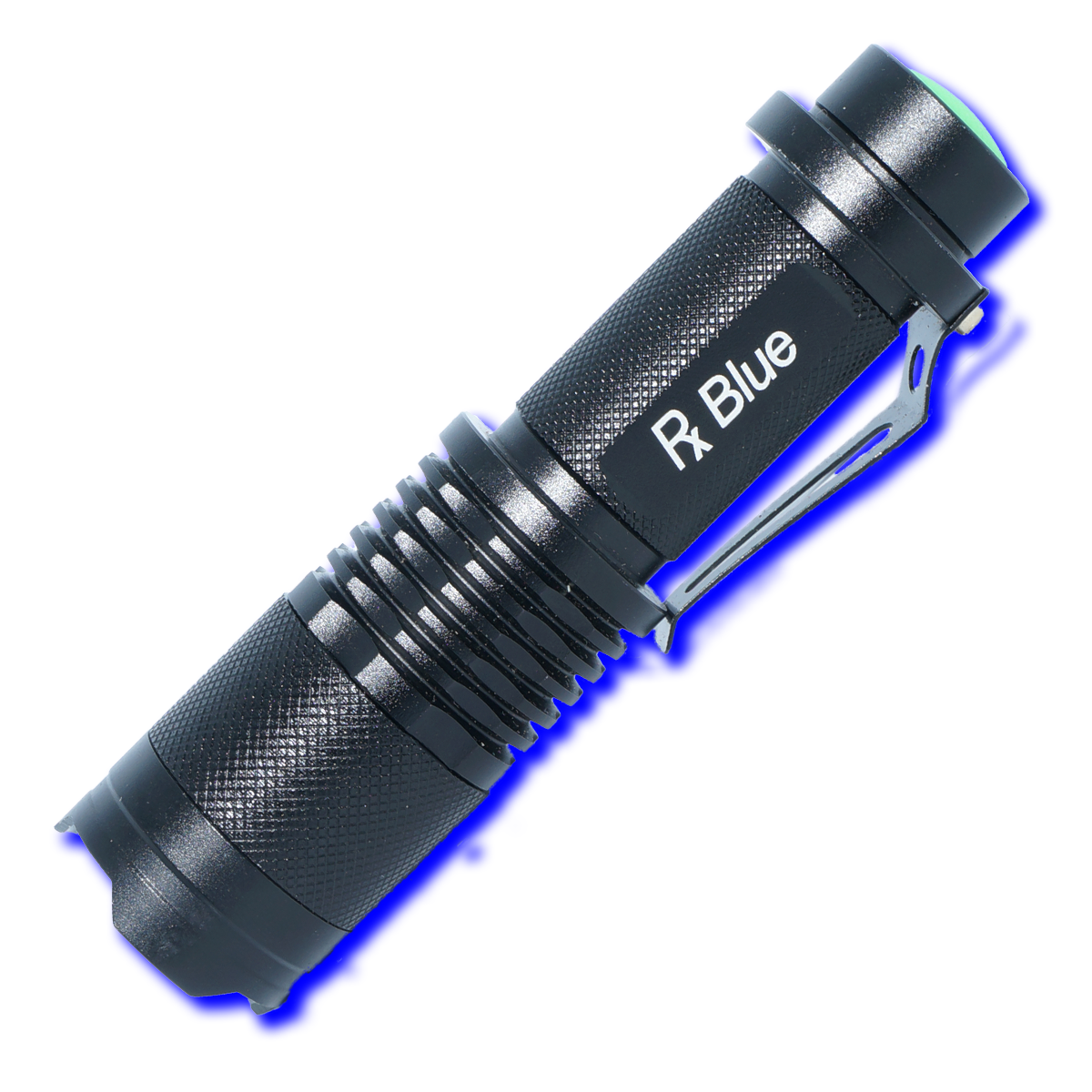Are Injections doing our horses a Disservice?
Our performance horses are subjected to many stresses on their bodies. Tarsus, or hock joint soreness is often diagnosed as the cause of poor performance. The hock is actually made up of 4 synovial joints. The upper joint is a ball and socket type joint that is responsible for 90% of the movement in the hock. The three lower joints have very little movement, and combined, only offer 10% of hock motion. Our ankle joint is quite similar to the hock with our heel being similar to the Talus (point of hock). The 2 lower joints of the hock are often the cause of hock pain, even though they have limited motion.

When our horses become sore in the hocks, they often also show stifle and back pain. Performance is negatively affected, the horse will not be able to use his hind quarters efficiently, his downward transitions or stops will degrade, and he will lack power in acceleration. You might notice short stabbing hind strides, uneven strides, or “bunny hopping”. As the hock sore horse is trying to communicate his discomfort, he may resort to negative behavior such as quitting, or even bucking.
The body sends calcium to inflamed areas as a means to stabilize the injury, which is great if we’re dealing with a bone fracture. In the lower hock joint, this inflammation would lead to degradation of the cartilage and the body laying down more calcium, osteoarthritis forming, until this joint fuses. It’s common for the lower hock joint to fuse, which is a painful process. In the past, we expected the hocks to complete fusing around 10 yrs old and after that the horse would start performing very well. Nowadays, we’re seeing hocks beginning to fuse at 5 yrs old.
 Today’s remedy is to inject the joint, known as intra-articular injections. The goal of this treatment is to reduce inflammation, thus allowing the horse to resume training and competition with minimal time off, and no effort from the rider. It’s even becoming the norm to inject 2 yr old’s hocks. I know those who inject according to the calendar every 6 months like clockwork, regardless if needed. I know vets who will inject the same joint every 3 months, although most vets prefer 6 month or greater intervals between injections. Although I understand the goal is to reduce inflammation, I personally take issue with this practice. Not that long ago, we used to give hock sore horses time off, ice their legs, and use some means of topicals such as sweats & poultices. The horses were allowed much more turn-out time. If they needed time to fuse, we allowed that.
Today’s remedy is to inject the joint, known as intra-articular injections. The goal of this treatment is to reduce inflammation, thus allowing the horse to resume training and competition with minimal time off, and no effort from the rider. It’s even becoming the norm to inject 2 yr old’s hocks. I know those who inject according to the calendar every 6 months like clockwork, regardless if needed. I know vets who will inject the same joint every 3 months, although most vets prefer 6 month or greater intervals between injections. Although I understand the goal is to reduce inflammation, I personally take issue with this practice. Not that long ago, we used to give hock sore horses time off, ice their legs, and use some means of topicals such as sweats & poultices. The horses were allowed much more turn-out time. If they needed time to fuse, we allowed that.
Hock injections are done in order to reduce inflammation and to prevent or delay fusion of the lower hock joint. There are various medications used. In a brief survey, the cost of these injections can range from $225 to $700 per hock depending on the meds used. Usually both hocks are injected at the same time. Did you do the math?
When injections can no longer maintain soundness of the hock joint, it’s often advised to give the horse time off to allow complete fusion of these lower joints. Or it may be decided to “force the joint to fuse”. Meds may then be switched to depo-medrol which is lower cost, it will reduce pain, but further degrade the cartilage. Some vets choose more aggressive treatment, such as injecting an alcohol into the joint or even drilling into the joint, in order to irritate and speed up the fusion process.
Sometimes it’s best to inject to get ahead of the inflammation cycle. But we must be aware that every time we stick a needle in a joint, we are compromising the integrity of the joint capsule. If you’ve ever seen a horse’s hocks react to the medication injected, you soon won’t forget the watermelon size joints and weeks of treatment! Please be aware that any corticosteroid injection carries the risk of causing laminitis, particularly in metabolic horses, and can cause flare-ups of immunosuppressive diseases, including EPM. Of course we don’t know a horse will react to meds until it happens. We also risk the chance of joint infection with every injection. For more info on various meds used in hock injections, https://madbarn.com/joint-injections-for-horses/
What else could we do?
- What if we could spend 15 minutes a day while grooming, or unsaddling, addressing hock joint health?
- What if in those 15 minutes, we could reduce pain and inflammation, increase circulation & cellular health in the joint?
- What if we could address minor hock pain before it becomes an issue?
- What if by doing so, we could increase the quality of cartilage?
- What if all of this was possible for the average price of one veterinary visit for hock injections?
 It’s this simple: It is possible! Using our new Light-Ease Red & NIR Light Therapy Hock wraps! They offer all the above benefits with 112 continuous and pulsed LED diodes in each wrap. New technology utilizes small USB-C rechargeable batteries in each unit, without bulky boxes or cords. Just plug it in like a cell phone to recharge. The great thing about these wraps is they fit both Equine and Human Knees! And a PAIR of Light-Ease Hock Wraps often costs less than one round of injections!
It’s this simple: It is possible! Using our new Light-Ease Red & NIR Light Therapy Hock wraps! They offer all the above benefits with 112 continuous and pulsed LED diodes in each wrap. New technology utilizes small USB-C rechargeable batteries in each unit, without bulky boxes or cords. Just plug it in like a cell phone to recharge. The great thing about these wraps is they fit both Equine and Human Knees! And a PAIR of Light-Ease Hock Wraps often costs less than one round of injections!
Charge the batteries in the wraps, put the wrap on the horse, making sure the lower velcro is snug. Push the button to turn on the light session. Let the horse stand tied or held, and in 15 minutes you’re done. It is just this simple to prevent or delay the need of hock injections for years if not for ever.
Again, Did you do the math above?
There are over 7000 published papers on Red-Light therapy. Light is a nutrient. Light also moves through the body along meridians. To learn more about Light Therapy, research, and the training courses we offer, please go to PhotonicTherapyInstitute.com .
Leslie Maynard, CLT-U
Animal Education Director
Photonic Therapy Institute, LLC
https://PhotonicTherapyInstitute.com
leslie@photonictherapyinstitute.com
Office: 304.805.4448
Mobile: 520.686.0220






